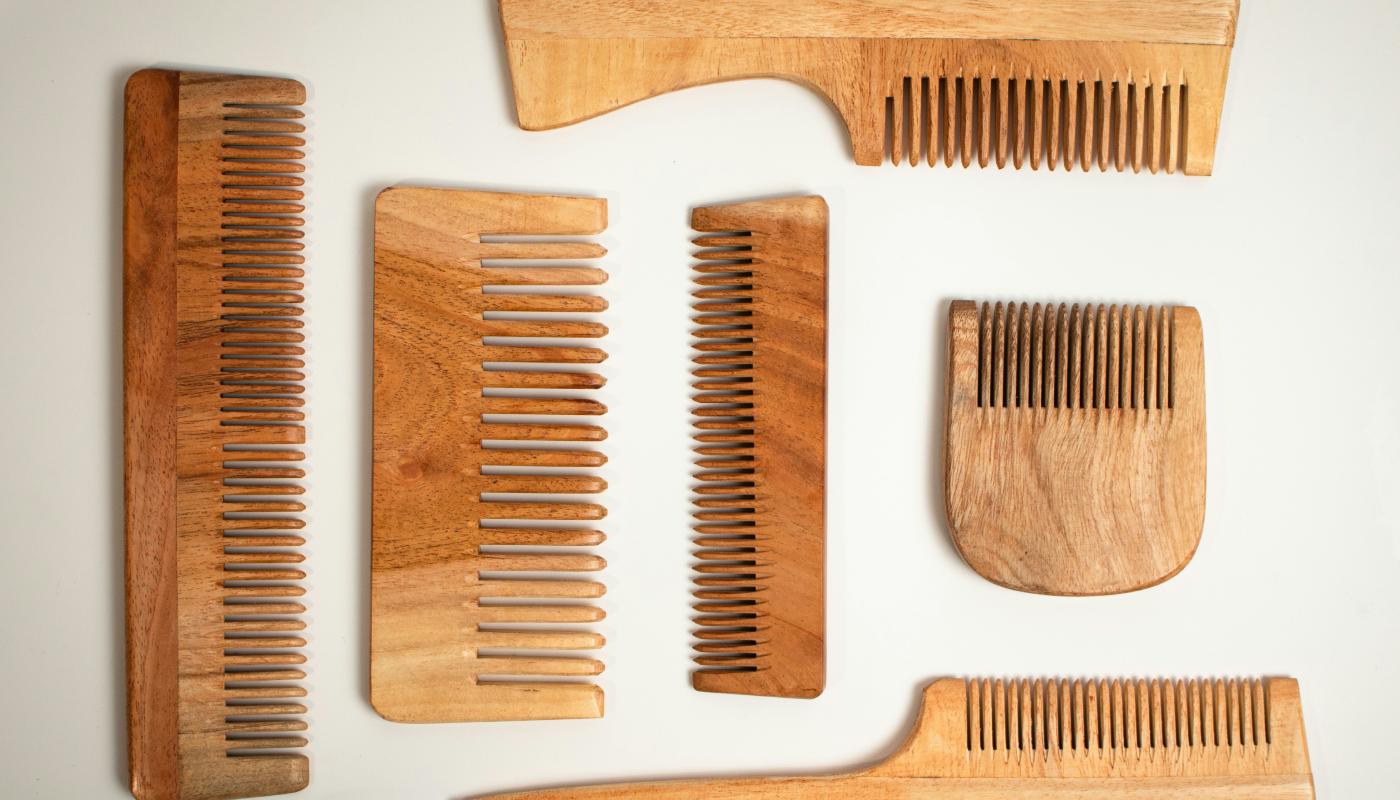The Big 3 in Hair Loss Prevention
14 May, 2025 | Jane Thomas - Marketing

We've already covered some of the leading causes of hair loss on our blog, as well as the different treatment options and how they work. But hair loss is a massive topic, and there are so many different buzzwords and technical terms that often get thrown around - not ideal when you're just starting out on your treatment journey.
One of the hair loss phrases we often see mentioned is 'the big 3'. No, this doesn't refer to companies or specific brands, but treatment options. Confusingly, the makeup of the so-called 'big 3' hair loss treatments will often vary depending on who you ask.
The first two treatments - Minoxidil and Finasteride - tend to stay the same. It's the third one that will often change, with some experts recommending professional therapy and others Ketoconazole (Nizoral) shampoo.
In this guide, we're going to explain the big 3 in detail, covering the benefits of each option and the reasons why they all work so well together. And yes, we'll discuss both Ketoconazole and professional treatments, helping you decide which treatment is best for you.
A closer look at 'The Big 3'
Minoxidil
Minoxidil is perhaps the best-known of the three, because it's a common active ingredient used in a wide variety of popular branded hair loss treatments.
Although the science behind how Minoxidil works isn't as clear-cut as you might expect, what we do know is that it increases the rate of blood flow to the hair follicles. As a result, every active follicle receives the nutrients it needs to work effectively, and hair grows more rapidly.
Typically, Minoxidil is applied directly to the scalp in some form of topical solution. We offer a 3-in-1 spray here at iQ Doctor, which combines Minoxidil with Finasteride and azelaic acid to boost hair growth. Simply spray it onto your scalp regularly and, within 6-12 months, you should notice an improvement.
Minoxidil can be effective on its own, but the reason it's typically combined with Finasteride is simple: it only works on hair follicles that are currently active. Dormant hair follicles that aren't currently producing hair won't be affected by Minoxidil.
Finasteride (Propecia)
By contrast, Finasteride (often known by its brand name, Propecia) works to reverse hair loss by re-activating those dormant hair follicles.
Male hormone dihydrotestosterone (DHT) is believed to contribute to male pattern baldness when present in high levels. DHT is created by an enzyme called 5-alpha reductase, and Finasteride works by inhibiting this enzyme. Lower levels of 5-alpha reductase mean lower levels of DHT and, in turn, more active hair follicles.
Typically consumed in tablet form, Finasteride gradually helps restore dormant hair follicles, allowing them to produce hair once again. The result? Thicker, fuller and more consistent hair growth across your entire scalp.
Professional treatments or Ketoconazole (Nizoral)
This is where things get a little confusing. Some experts believe Ketoconazole shampoo (otherwise known as Nizoral) should be the third component of the big 3, while others favour treatments such as microneedling or red light therapy.
Ketoconazole isn't actually a hair loss medication by design, but an antifungal treatment used to treat skin conditions like dandruff and dermatitis. It's thought that the antifungal properties of Ketoconazole, when used in conjunction with Finasteride, helps to reduce the inflammation of hair follicles and enhance the effect of Finasteride. Some clinical studies have backed this theory up, although there isn't enough scientific evidence to conclusively prove the effectiveness of Ketoconazole for hair loss just yet.
Depending on who you ask, microneedling and laser light therapy are either seen as alternatives to Ketoconazole or additional treatments that should be used alongside it. It's impossible to conclusively prove which of these treatments is most effective, simply because everybody is different. The likes of microneedling and laser therapy work wonders for some but not for others, and the same applies to Ketoconazole.
Our advice? Start with the proven combination of Minoxidil and Finasteride and then try additional treatments to see what works for you.
The benefits of using more than one hair loss treatment
Although we've touched on this already, let's summarise the benefits of using more than one hair loss treatment at the same time:
Hair loss can be caused by a variety of different factors. Taking a multi-pronged approach allows you to simultaneously address each factor, minimising guesswork and delivering more rapid results
Because each treatment works in a different way, you can expect better results. Those who use a combination of treatments tend to get thicker, healthier-looking hair than those who only use one
The 'big 3' hair loss treatment approach is a tried and tested one. If you want to get your confidence back and reverse your hair loss, there's no more effective way to do it
Ready to get started? Explore our complete range of hair loss treatments and place your order online today.
Reviewed By

Omar El-Gohary
The superintendent and lead pharmacist - registration number 2059792.
Omar is passionate about developing healthcare technology to empower our patients.

